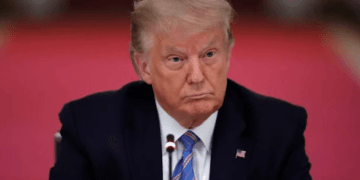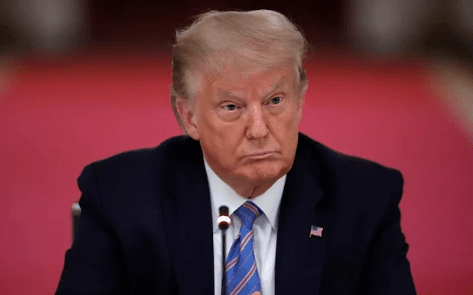Athira Sethu
Kochi, 3 April 2025
President Donald Trump imposed a 26% tariff on Indian imports, one of the highest tariff rates of any major U.S. trading partner. Despite his close personal relationship with India’s Prime Minister Narendra Modi, Trump stated that the action was taken in the name of trade fairness, not friendship. The new tariffs on India are slightly higher than the 20% tariffs on the European Union, 24% on Japan, and 25% on South Korea. China suffers stiffer tariffs, with most goods now subject to more than 54%.
The Indian government had attempted to stop these tariffs by making several concessions, including the ones made during Modi’s visit to Washington earlier this year, in which both nations were working on a trade deal. Trump, however, disapproved of India’s trade policies and stated that India was imposing 52% tariffs on some products from America.
The new tariffs might put more pressure on India to negotiate a trade deal with America. America previously had some of the lowest tariffs in the world, while India had much higher tariffs on imports.
India has already cut duties on thousands of industrial items, including US products such as whiskey and motorbikes, a top U.S. demand. India has also shown interest in purchasing additional American oil, natural gas, and military equipment to balance the bilateral trade relationship.
While the tariffs will be damaging to some segments of the Indian economy, especially electronics and jewelry, experts think the overall effect will be contained. Some projections indicate that Indian exports to the U.S. could fall by as little as 3-3.5%. India’s robust economic growth, its diversified export strategies, and its minimal dependence on external demand protect it from a sharp downturn.
Even with these tariffs, international economists continue to predict that India will continue to be one of the world’s fastest-growing economies. India’s growth is aided by its internal demand and ability to withstand trade tensions.
In 2023-24, there was a large trade surplus in favor of the U.S. with India, i.e., India sold more goods to the U.S. than it bought. The trade surplus was more than $35 billion, which indicates increasing economic interactions between the two countries.
The new tariff regime also impacts other nations, with China, Vietnam, and Bangladesh also having even steeper tariff rates than India. These tariffs indicate the Trump administration’s continued push to reduce trade deficit with its trading partners.





















